“The overwhelmingly positive reaction across the globe to last year’s concept has convinced Jaguar to build the F-Type roadster.” That emphatic statement came from the lips of one Dr. Wolfgang Reitzle, then Chairman of Ford’s Premier Automotive Group, at the Los Angeles Motor Show in 2001. A year later, the F-Type programme had been canned.
Before we find out why, let’s clear up any potential confusion. An F-Type did appear in production form many years later, but that was a very different car, based on a very different concept (the 2011 C-X16, to be precise). What we’re talking about here was an achingly beautiful 2000 show car, created under the watch of Geoff Lawson’s, Jaguar design director, and one which wowed a claimed 50,000 customers into placing orders for its road-going version.

So how did that car, which came so close to being a production reality, end up being consigned to the great cupboard of declined proposals? Well, it certainly wasn’t through any lack of will. Jaguar had already attempted a modern take on the E-Type with the XJ 41/42 coupé and drophead in the ‘80s after it became clear that the XJ-S was never going to make the cut. But when Ford bought Jaguar in 1989, it decided that a by then rather bloated sports car was not a priority in its brave new world.
Nine years later, though, that world had changed and brought with it a raft of new and exciting sports cars (step forward Porsche Boxster, BMW Z3, Audi TT) all of which offered stylish entry points to their respective brands. Browns Lane needed a piece of the action, too, and this time its parent was on side.
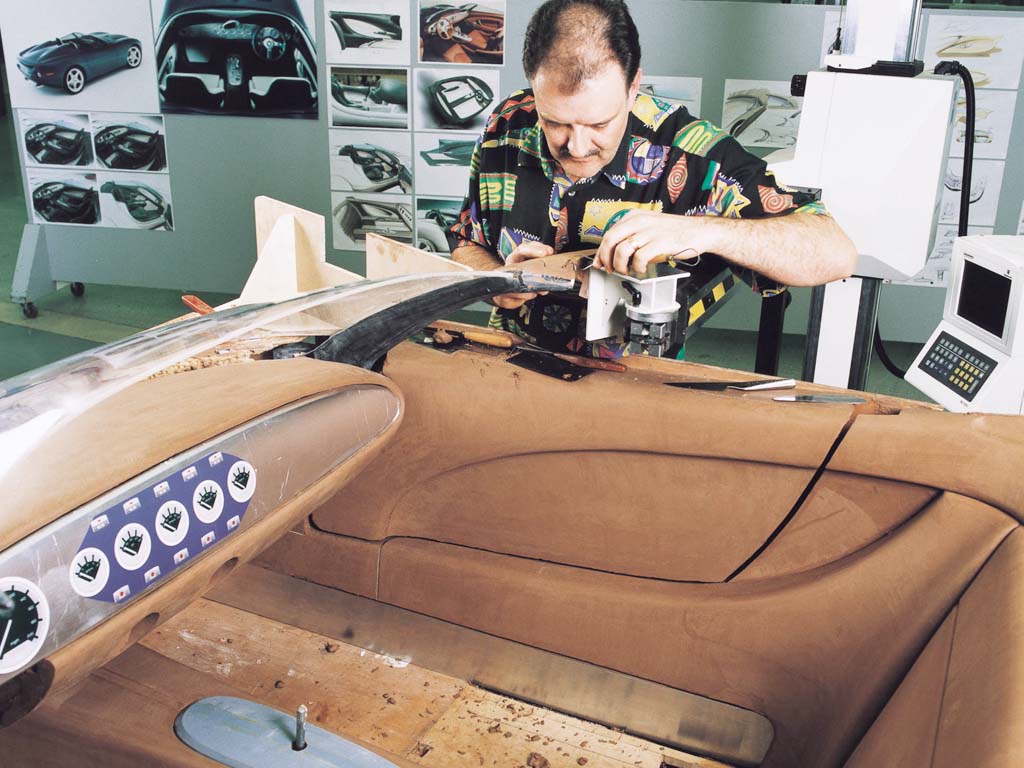
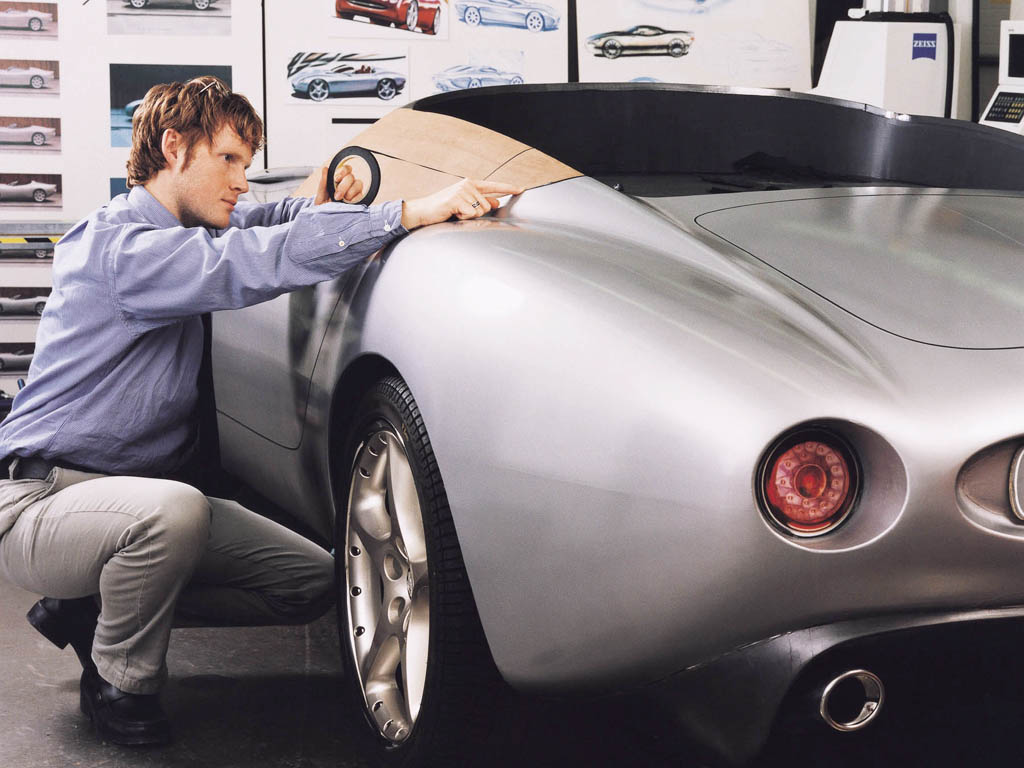
Jaguar’s lead designer, Keith Helfet, had already created a one-off concept known as the XK180, using a cut-down XK8 platform. But while the 180 was only for show, its design signposted the makings of a smaller, more affordable Jaguar sports car, and perhaps finally a worthy successor to the E-Type.
Under Lawson’s auspices, Helfet and designers Adam Hatton and Pasi Pennanen, started work on a knock-‘em-dead concept that was to be known as the ‘F-Type’. Alas, this was to be Lawson’s final project, his untimely death in June 1999 coming just as the concept was taking shape. Helfet, Hatton and Pennanen continued to develop the concept, but one can only imagine what a blow to the team his passing must have been.
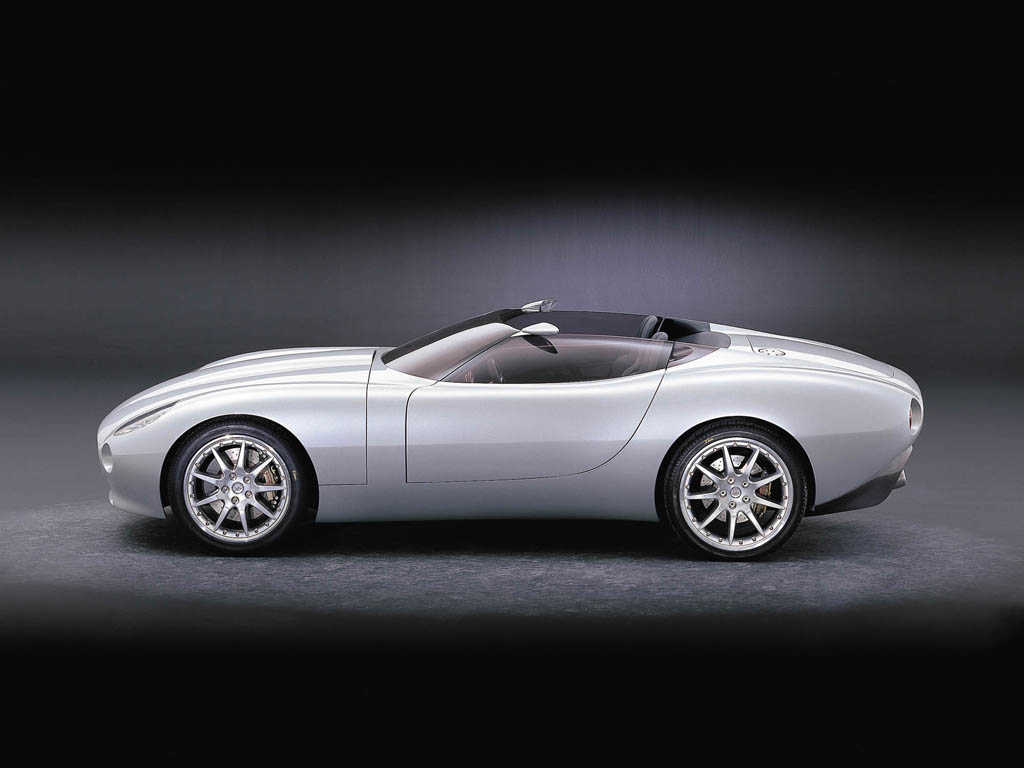
The F-Type was a fitting tribute to Lawson, though. Taking some cues from the XK180, the concept stunned press and public alike when it was finally unveiled at the Detroit Auto Show in January 2000. Proportionally perfect, its sleek, roofless body blended just the right level of retro with enough modernity to carry it into the new millennia. Pure and unfussy, the F-Type was shorn of all unnecessary addenda, other than a modest rear diffuser. Inside, a spartan but exotic-looking aluminium dash sported seven circular dials, with all switchgear – and even the gear lever – formed from aluminium, too. At 162 inches (4115mm) it was 25 inches shorter than the incumbent XKR, with, Jaguar claimed, an equal weight distribution front to rear. Power was to come from Jaguar’s 240bhp AJV6, with the option of a supercharged 300bhp from the same engine, delivered to the rear wheels through either a manual or automatic ‘box.
It was a dream concept, and one that Ford’s management wanted to productionise (hence Reitzler’s bold words). But Ian Callum, who had replaced Lawson, saw a big challenge ahead. The problem was that the F-Type was a pure show car that didn’t use an existing platform, so some of its more distinctive elements, like the cut-down front screen and bonnet height, were pure fantasy and never designed to meet production regulations.
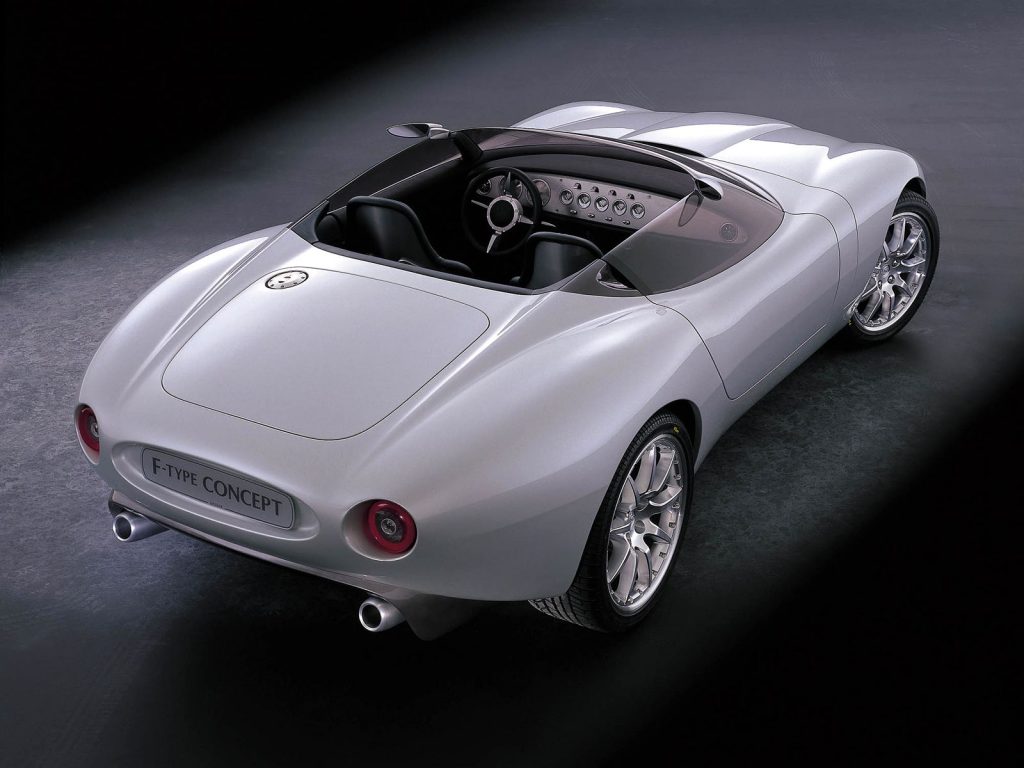
Callum’s solution was pragmatic, but radical: to retain the F-Type’s original lines as near as possible, it needed to become mid-engined. Development started soon after Detroit, with the new car labelled ‘X600’ and a target time of three years to reach a production launch. Internal marketing documents described the car as ‘a revolutionary and sexy Jaguar roadster’, with ‘uncompromising performance and handling that takes your breath away.’ The Whitley engineering team had even started real-world testing using Honda NSX ‘mules’ fitted with Jaguar-designed suspension to validate chassis dynamics. In other words, the X600 was well on its way to being a production reality.
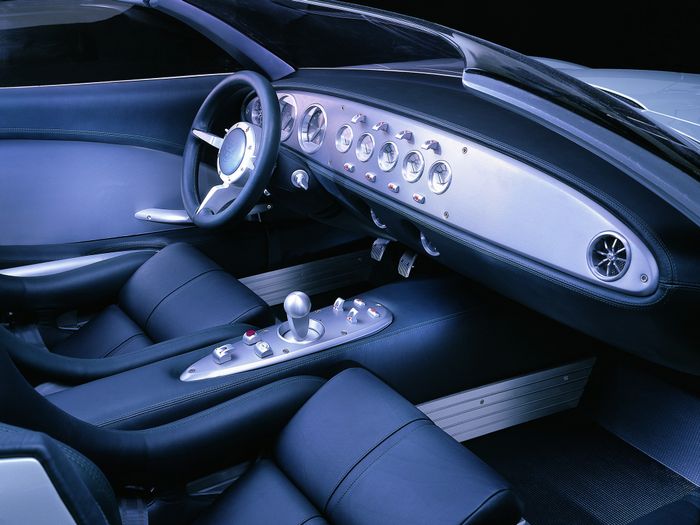
And then it wasn’t. As with the XJ 41/42 13 years before, Ford’s management once again saw greater priorities ahead, such as rapid development of then fashionable diesel engine technology. So the thought of ploughing untold millions into a low-volume, aluminium-bodied two-seat sports car which needed a completely bespoke new platform looked like a bad idea. In 2002, Ford drew a line under the programme, and X600 was no more. Perhaps that reimagined E-Type will always elude us.
Read more
Is the Jaguar E-Type the most overhyped car Britain built?
Cats in disguise: 10 Italian cars that were actually a Jaguar
Concept Cars That Never Made The Cut #2: Rover P6BS / P9
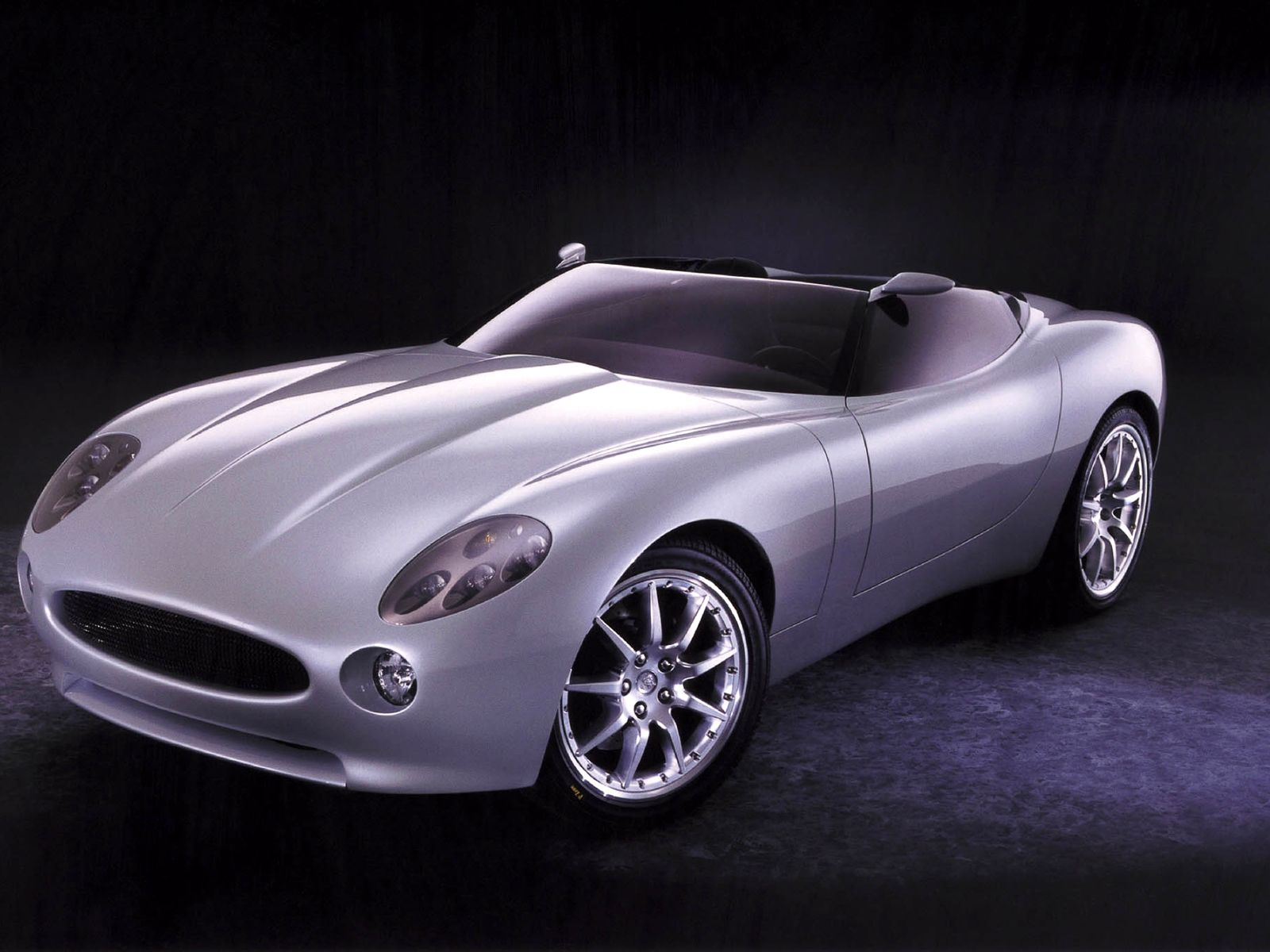






Not convinced by the front but the side and rear profiles look amazing.
Geoff Lawson’s work was under-valued, in my opinion. While I didn’t much care for the saloons (although they have grown – and grown – on me over time, his ACTUAL (slimmer, trimmer) XK 8 was ravishing.
I was privileged to see it privately, but, as far as I am aware, it has never had a public disclosure.
I don’t know why they didn’t finish making it because it looks way too sexy and I definitely wouldn’t mind buying that sexy 😻😻